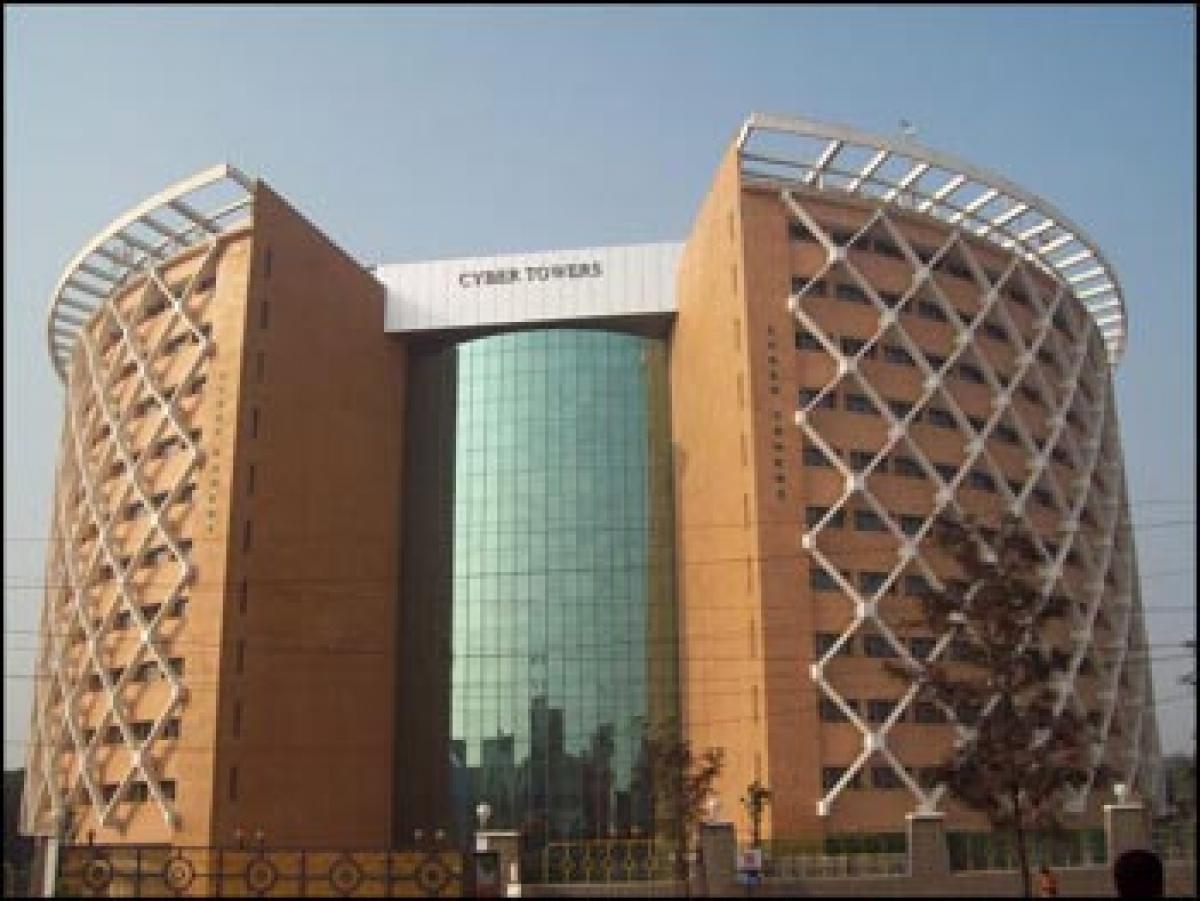Live
- Alia Bhatt captures attention in white
- Varun Dhawan talks about ‘Baby John’
- ‘Moonwalk’ trailer promises a quirky heist, love, and loyalty
- Combat leaf spot disease
- Ahsaas Channaopens up about her complex character in ‘Mismatched 3’
- Radhika Apte welcomes first child, shares heartfelt post
- Jacqueline dazzles at Da-Bangg Reloaded concert
- Time to boost measures to prevent drowning, save children: WHO
- TDP achieves milestone with 73 lakhs membership registration, says Chandrababu
- South Korea: Main Oppn hails Yoon's impeachment motion passage as 'victory for people, democracy'
Just In

After 11 years, the much-awaited data on India’s health indicators were released by the Health Ministry. The Phase 1 results from the National Family Health Survey (NFHS)-4 for 2015-16, which covered 13 States and two Union Territories (UTs), provide enough reasons to afford a smile. The previous NFHS data was released in 2005-06.
After 11 years, the much-awaited data on India’s health indicators were released by the Health Ministry. The Phase 1 results from the National Family Health Survey (NFHS)-4 for 2015-16, which covered 13 States and two Union Territories (UTs), provide enough reasons to afford a smile. The previous NFHS data was released in 2005-06.
All the 15 have rates below 51 deaths per 1,000 live births. Infant mortality rates range from a low of 10 in Andaman & Nicobar to a high of 51 in Madhya Pradesh. According to the survey, Telangana State (TS), Tripura, Uttarakhand, West Bengal and the Union Territories of Andaman and Nicobar Islands and Puducherry have shown promising improvements in maternal and child health and nutrition.
In nearly every State, fewer children are dying in infancy, and across all States, more mothers are getting access to skilled ante-natal care. A promising trend in the data shows that women are having fewer children in Andhra Pradesh (AP) and TS. Both have fared well in most of the health indicators.
Infant mortality rate is the Number of deaths of infants registered of children below the age of 1 year per 1000 live births. In Telangana State, the infant mortality rate is 28, while in AP it is 35 that mean that few children are dying in infancy and childhood in TS than in Andhra Pradesh.
Maternal care- Both Telugu States are providing better care for women during pregnancy and childbirth, which are decisive in reducing maternal deaths and improved child survival. More than nine in ten recent births that took place in health care facilities of Telangana State and Andhra Pradesh are providing better safe environments for mothers and new- born babies.
Fertility rate- Overall, women in both States are having fewer children. The total fertility rates or the average number of children per woman, in both States is 1.8. While in the case of women aged 20-24 years and married before 18 years in TS is 25.7 percent, it is lower than in Andhra Pradesh with 32.7 percent.
Women in the 15-19 years age-group, who are already mothers or pregnant, is 11.8 percent in Andhra Pradesh while it is 10.6 percent in Telangana, Immunization- Full immunization coverage among children age 12-23 months varies widely in both States. At least 6 out of 10 children have received full immunization in Andhra Pradesh, whereas it is 7 out 10 in Telangana.
Children who received in most of the vaccinations in public health facility is 91.6 percent in Andhra Pradesh and 83.7 percent in Telangana that means 16.1 percent children received vaccination in private health facility in Telangana. Family Planning- Married women are less likely to be using modern family planning is 7.3 percent in Telangana and 4.7 percent in Andhra Pradesh.
There has been an increase in the use of modern family planning methods only in both states with 57.2 percent in TS and 69.5 percent in AP respectively. Male sterilization is more in Telangana with 1.6 percent compared to 0.6 percent in Andhra Pradesh.
Level of Nutrition- Poor nutrition is less common than reported in the last round of National Family Health Survey. Fewer children under five years of age are now found to be stunted, showing intake of improved nutrition. In AP and TS less than one-third of children are found too short for their age.
While this reveals a distinct improvement since the previous survey, it is found that 28.1% of children are stunted (height-for-age) which is less than that of 31.4% of Andhra Pradesh. Children under five years age wasted (weight –for-age) is more in Telangana with 18% and less 17.2% in Andhra Pradesh.
An underweight child in Andhra Pradesh is 31.9%, which is more than Telangana with 28.5%.Anaemia has also declined, but still remains widespread as more than half of children are still anaemic in both States.
Sanitation- Both States are inclined to use improved water and sanitation facilities. Over 73% of households have access to an improved source of drinking water in AP (72.7%) and (77.6%). More than 50% of all households in both states have access to improved sanitation facilities in TS (50.2%) and AP (53.6%), as both have initiated Swachh Bharat programme in real earnest.
Use of clean cooking fuel, which reduces the risk of respiratory illness and pollution, is not varied widely among both Telugu States with 66.8% in TS and 62% in AP respectively. Health insurance coverage is more in AP with 74.6% whereas it stands at 66.4% in Telangana. However, the most startling irony is that AP (81.6%) is lagging behind Telangana (95.8%) in the use of iodized salt among households.

© 2024 Hyderabad Media House Limited/The Hans India. All rights reserved. Powered by hocalwire.com







